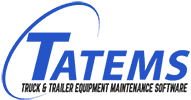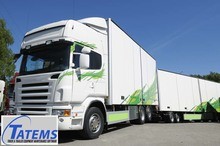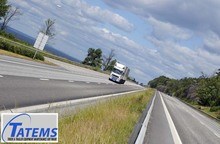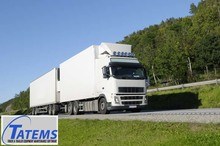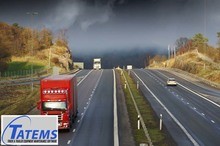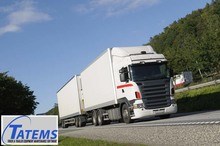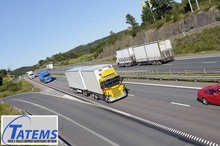To Electrify Fleets, Plan For The Long Term
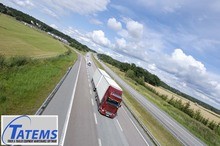
If fleet owners are wanting to take on electric vehicles sometime in the near future, they should really look into adopting a strategy that helps to get them there first. This is going to be a process and it isn't going to come together overnight. There are only a few out there as of right now, but as more and more start to take this on, it will set the tone for a lot of other manufacturers to start acquiring this type of vehicle.
Key Takeaways:
- Vehicle fleet managers are smelling the wind of change and buying electric vehicles and chargers.
- These pilot changes and budget allowances are critical and necessary. But, experts warn that they fall short.
- These experts have tallied the data and fully expect that a fleet, even comprised of only 3% EVs, will need to make sweeping changes to their supply line and other aspects of their businesses.
“More electric infrastructure will likely need more transmission lines but getting those approved and built could be complicated and politically challenging.”
Read more: https://www.truckinginfo.com/10136466/to-electrify-fleets-you-must-plan-for-the-long-term
